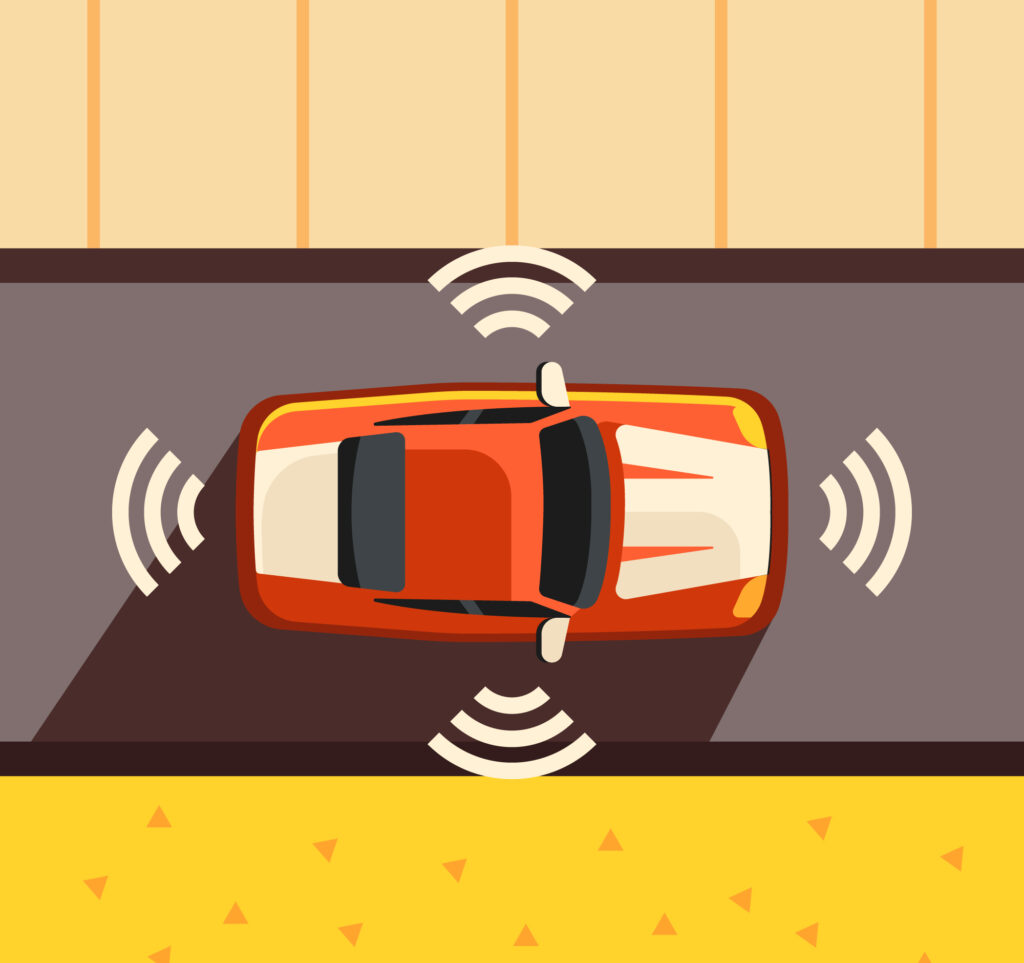Imagine you’re cruising down the road, enjoying the breeze and the freedom of the open highway. Suddenly, a pedestrian darts out in front of your car, seemingly oblivious to the danger. What do you do? Your vehicle’s horn becomes your voice, your warning, your lifeline in that split second.
Understanding the appropriate usage of your vehicle horn, in that and other situations, is crucial for every driver. So buckle up and prepare to master the skill of honking like a pro!

Understanding the Purpose of Vehicle Horns
Vehicle horns are designed to serve as an audible warning device, allowing drivers to communicate with others on the road effectively. They are meant to draw attention to potential hazards, provide warnings, and signal intentions. Understanding the purpose of vehicle horns is essential to ensure their appropriate usage.
Legal and Safety Considerations
Before we explore the situations where honking is necessary, it is vital to understand the legal and safety considerations associated with horn usage. Different countries and regions have specific laws and regulations governing the use of vehicle horns. It is important to familiarize yourself with these laws to avoid fines and penalties. Additionally, excessive or unnecessary honking can startle or distract other drivers, leading to potential accidents.
Helpful Tip: Use your horn judiciously and responsibly.
Situations Requiring Horn Usage
Emergency Situations
In emergency situations where immediate action is required to prevent an accident or collision, honking can serve as an effective warning signal. For instance, if a pedestrian suddenly steps into the road, a quick horn blast can alert them and potentially prevent an accident.
Helpful Tip: Always prioritize safety and take other appropriate actions as needed, such as applying the brakes, using hazard lights, or changing lanes.
Warning Signals
Horns can be used to provide warning signals to other motorists. This includes situations where another driver is about to change lanes without noticing your presence or when someone is driving dangerously close to your vehicle. A short, assertive honk can alert them to your presence and help prevent a potential collision.
Helpful Tip: Use your horn as a warning signal when you need to alert other motorists of potential dangers. Be assertive but not aggressive.
Communication with Pedestrians
In certain situations, honking can be used to communicate with pedestrians. For example, a gentle tap on the horn can inform a pedestrian that it is safe to cross the road. However, it is crucial to exercise caution and avoid excessive honking, as it can be intimidating and cause unnecessary distress.
Helpful Tip: Maintain a respectful approach and prioritize pedestrian safety.

Situations Where Horn Usage is Inappropriate
While there are situations where honking is necessary, there are also instances where it is entirely inappropriate. Honking out of frustration, impatience, or as a form of aggression is never acceptable. Examples of such situations include honking at slow-moving vehicles, using the horn excessively in traffic congestion, or engaging in road rage. It is important to remain calm and use the horn responsibly.
Helpful Tip: Stay calm, practice patience, and find alternative ways to deal with challenging situations on the road, such as breathing exercises and using alternative routes.
Alternatives to Honking
In certain scenarios, there are alternative methods of communication that can be employed instead of honking. For instance, using turn signals, hazard lights, or hand gestures can effectively convey messages to other drivers. Additionally, maintaining a safe following distance, using eye contact, and employing defensive driving techniques can prevent the need for unnecessary horn usage.
Helpful Tip: Employ defensive driving techniques to prevent the need for unnecessary horn usage.
Conclusion
Understanding the purpose and appropriate usage of vehicle horns is crucial for every driver. By using your horn responsibly and following legal and safety considerations, you contribute to a safer road environment. Remember to use your horn in emergency situations, as a warning signal, and to communicate with pedestrians when necessary. Avoid using your horn out of frustration or as an act of aggression, and explore alternative communication methods when appropriate.
If you need any assistance or immediate guidance when it comes to car insurance or vehicle-related claims, don’t hesitate to reach out to a YourPolicy agent at (866)236-0203.






